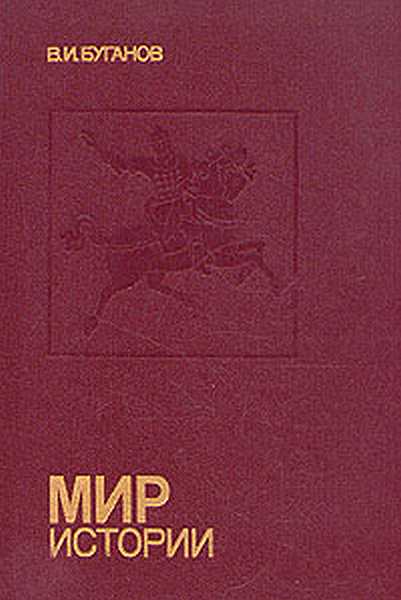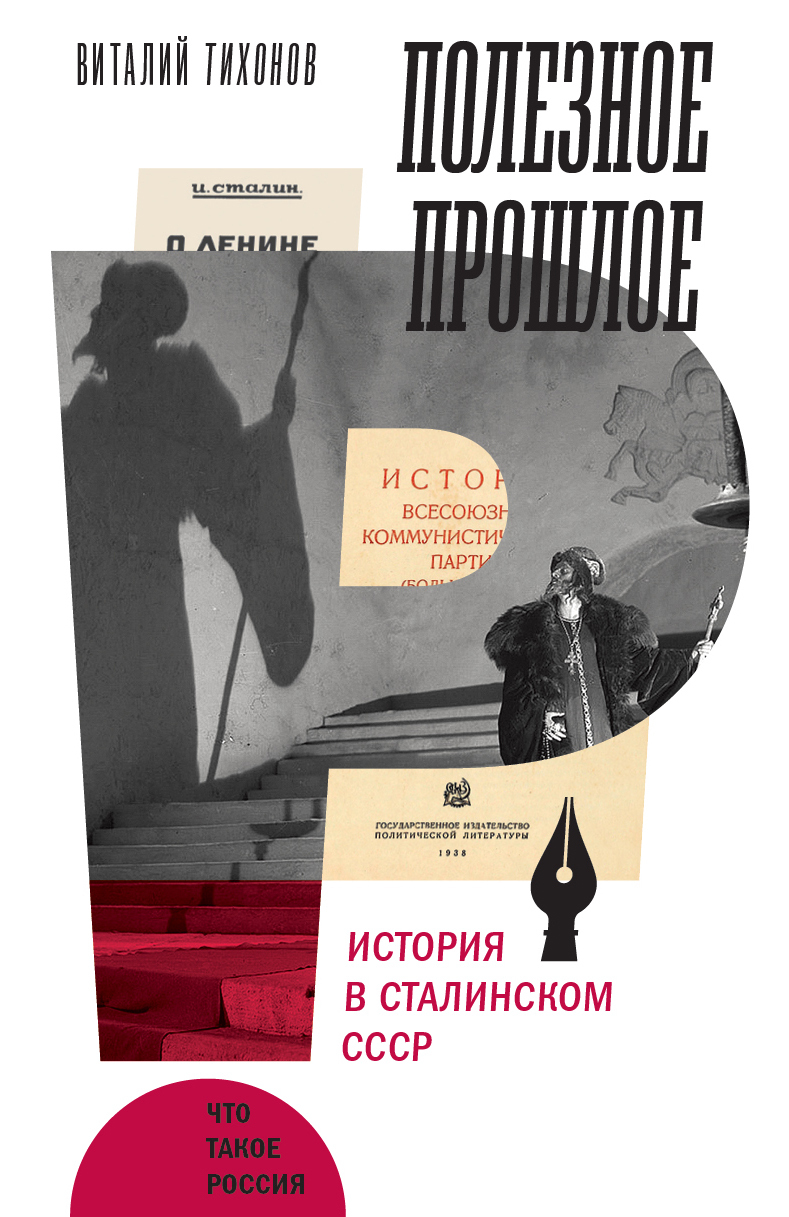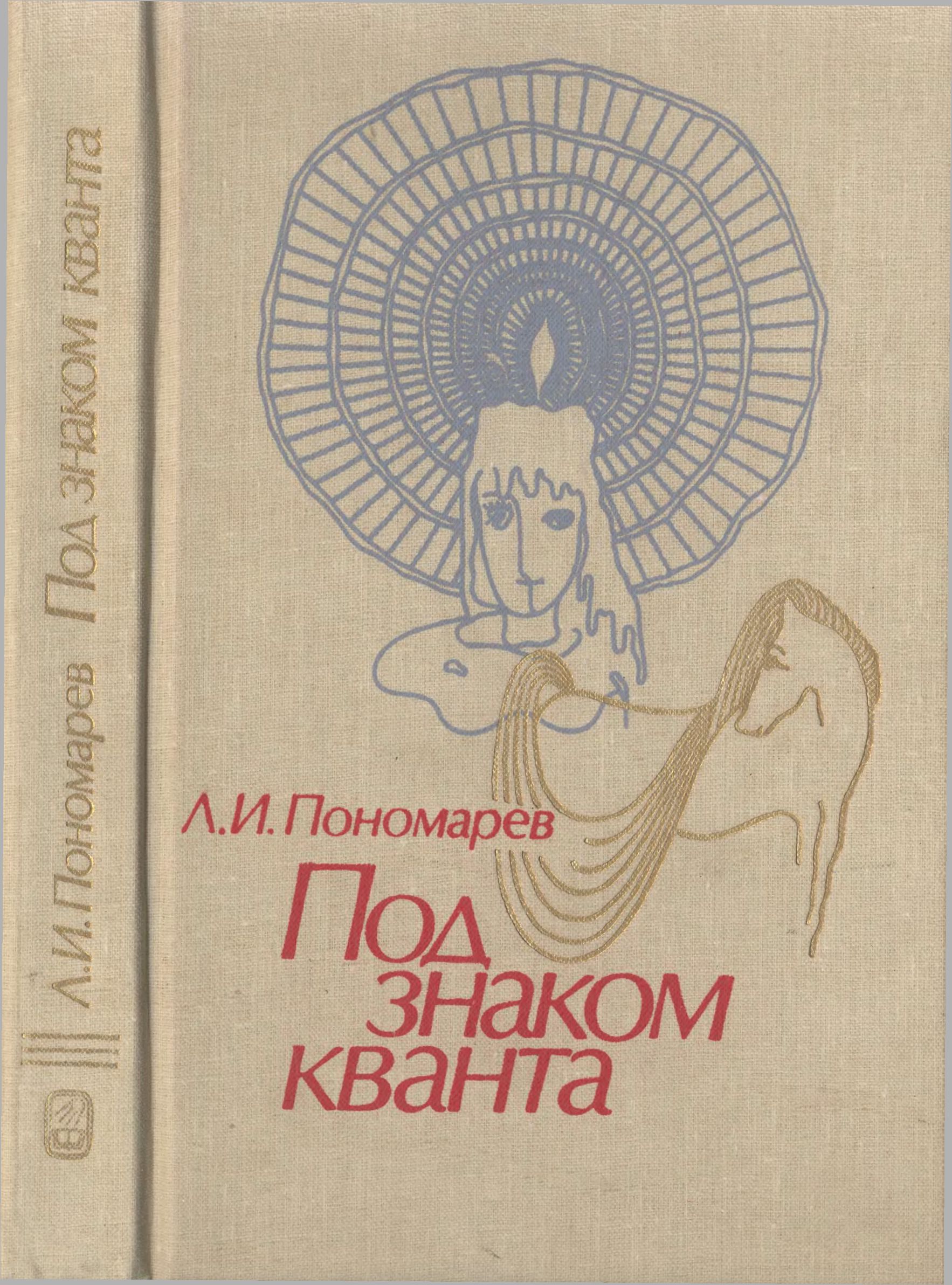Книга Лаборатория империи: мятеж и колониальное знание в Великобритании в век Просвещения - Станислав Геннадьевич Малкин
На нашем литературном портале можно бесплатно читать книгу Лаборатория империи: мятеж и колониальное знание в Великобритании в век Просвещения - Станислав Геннадьевич Малкин полная версия. Жанр: Книги / Разная литература. Онлайн библиотека дает возможность прочитать весь текст произведения на мобильном телефоне или десктопе даже без регистрации и СМС подтверждения на нашем сайте онлайн книг knizki.com.
Шрифт:
-
+
Интервал:
-
+
Закладка:
Сделать
Перейти на страницу:
Перейти на страницу:
Внимание!
Сайт сохраняет куки вашего браузера. Вы сможете в любой момент сделать закладку и продолжить прочтение книги «Лаборатория империи: мятеж и колониальное знание в Великобритании в век Просвещения - Станислав Геннадьевич Малкин», после закрытия браузера.
Книги схожие с книгой «Лаборатория империи: мятеж и колониальное знание в Великобритании в век Просвещения - Станислав Геннадьевич Малкин» от автора - Станислав Геннадьевич Малкин:
Комментарии и отзывы (0) к книге "Лаборатория империи: мятеж и колониальное знание в Великобритании в век Просвещения - Станислав Геннадьевич Малкин"
























